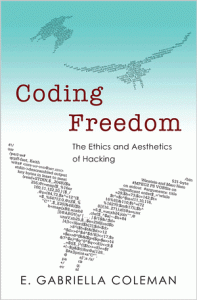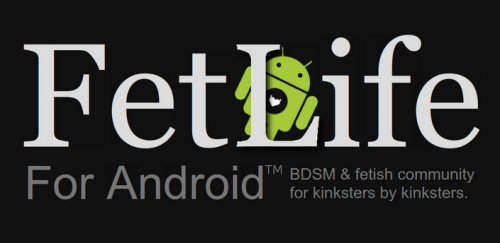
If you live in the United States and have been adjacent to something with the news on it, you have probably heard of the “Fiscal Cliff.” The fiscal cliff refers to several major tax breaks and earned benefit compensation programs that were set to expire at the end of 2012 unless Congress raised the debt ceiling. One of the few good things to come out of this manufactured crisis was some excellent reporting on the power of metaphor in politics. The ability to spur action and drive public opinion while offering next-to-no information demonstrates the awesome power of metaphors. Most people did not know why we were falling off the cliff, what the cliff was made of, or what the consequences for falling would be. Slate’s Lexicon Valley covered this phenomenon in an episode last month titled “Good is Up.” Co-hosts Mike Vuolo and Bob Garfield dissected the cliff metaphor using the classic book, Metaphors We Live By (1980) by George Lakoff and Mark Johnson. Vuolo and Garfield note, “‘Success is rising’ and ‘failing is falling.’ Lakoff believes these primal, spatial metaphors form what he calls a ‘neural cascade’ that he says is ‘so tightly integrated and so natural that we barely notice them, if we notice them at all.'” In short, we might not understand what goes into creating or averting the fiscal cliff, but we know it should be avoided. Going down is bad, and staying up is good. The episode got me thinking about similar spatial metaphors and the work they do in our augmented society. One of the more ubiquitous metaphors is “high tech.” Is high tech “good” technology? Or is it high in the same way the Anglican Church uses the word; steeped in conservative traditions and formal code? more...









